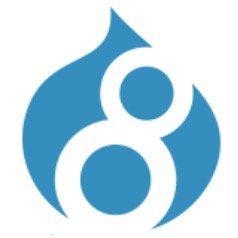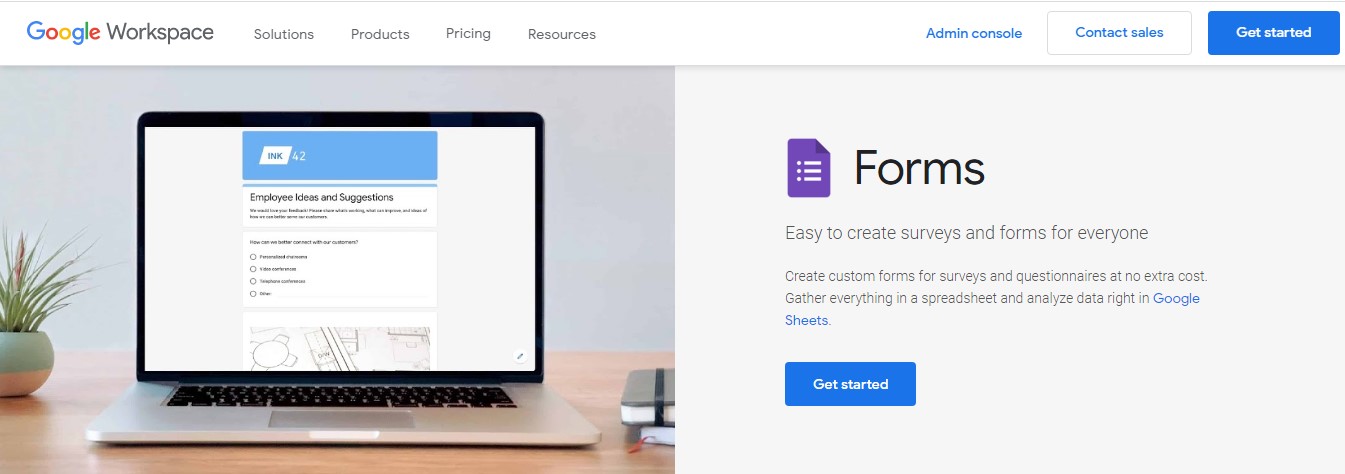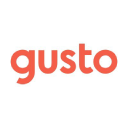On Starting A Publishing Business And Making $110K/Month
I am the semi-retired founder of iPhone Life magazine, having launched the business 37 years ago. Today, we continue to deliver the same core product to our mobile device-owning customers: mastership of their devices - how-to-use knowledge that increases our customers’ productivity and fun. We do so even though technologies, marketing methods, revenue sources, delivery systems, company personnel, and leadership have completely changed.
Today, we sell easy-to-digest mastery of the iPhone through our flagship online subscription-based iPhone Life Insider program. We attract customers and advertisers with our practical, easy-to-understand, high-quality website content. There, visitors sign up for a free daily iPhone tip-of-the-day newsletter. We have over 3 million organic monthly visitors, and we send out 150 million emails each year. Our monthly revenue averages around $110K per month.


Download the report and join our email newsletter packed with business ideas and money-making opportunities, backed by real-life case studies.

Download the report and join our email newsletter packed with business ideas and money-making opportunities, backed by real-life case studies.

Download the report and join our email newsletter packed with business ideas and money-making opportunities, backed by real-life case studies.

Download the report and join our email newsletter packed with business ideas and money-making opportunities, backed by real-life case studies.

Download the report and join our email newsletter packed with business ideas and money-making opportunities, backed by real-life case studies.

Download the report and join our email newsletter packed with business ideas and money-making opportunities, backed by real-life case studies.

Download the report and join our email newsletter packed with business ideas and money-making opportunities, backed by real-life case studies.

Download the report and join our email newsletter packed with business ideas and money-making opportunities, backed by real-life case studies.






















